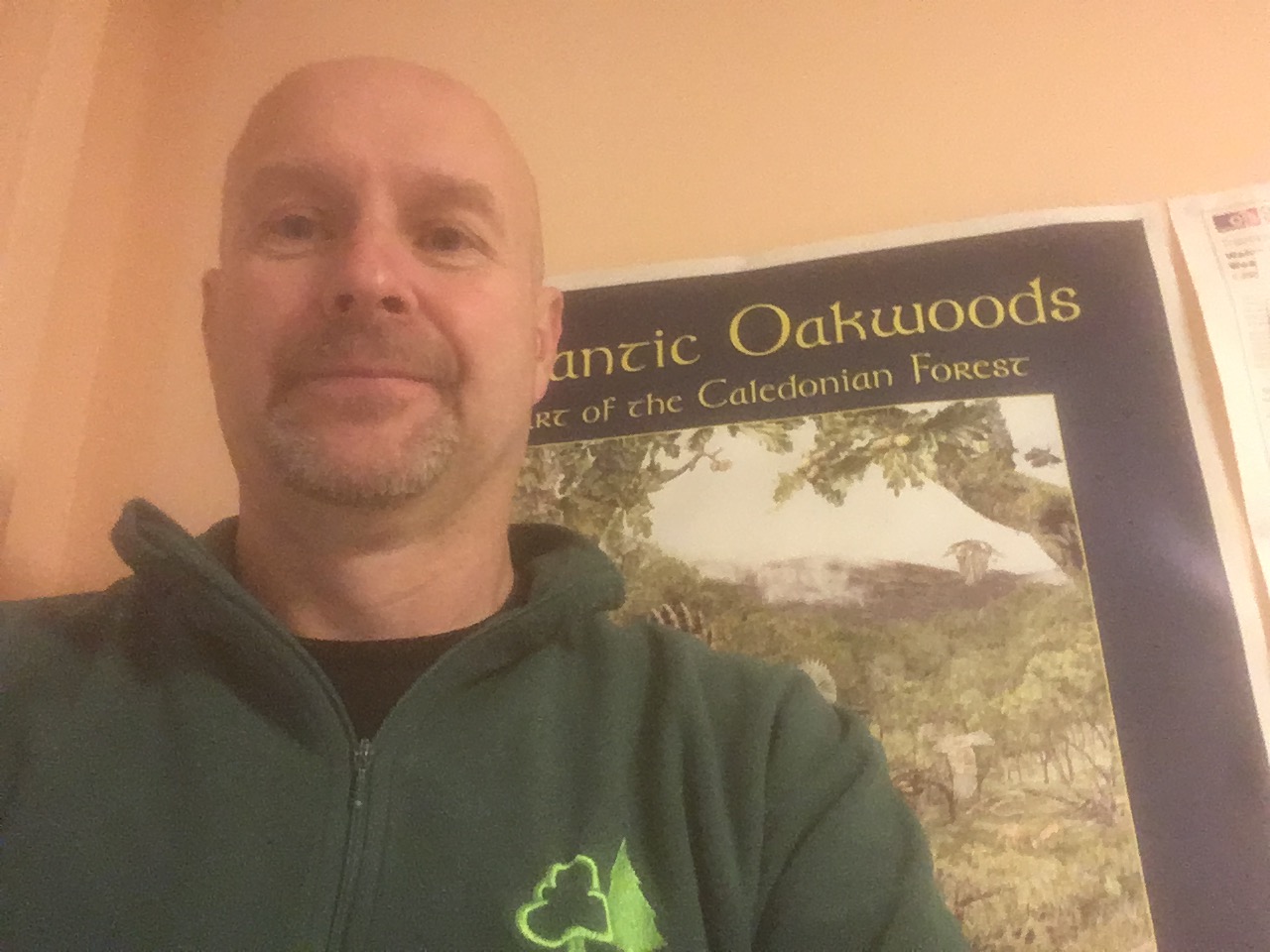Andrew Price
BSc, MPhil, MICFor
BSc, MPhil, MICFor
Operational planning. Tree and wood properties research.
Andrew is interested in determining the economic potential of emerging, minor and secondary species in terms of structural timber quality and volume recovery. His current work involves the identification of suitable stands of study trees, arranging for data collection, felling, extraction and haulage, undertaking physical and mechanical wood testing and interpretive analysis.
He also maintains the FR business systems for Quality Assurance and Environmental Management and provides technical advice on Waste Management to the Forestry Commission.
Andrew studied forestry at Bangor University from 1994-97 and was employed as a private Forest Manager in the Scottish Highlands before working as a Planner for Forestry Commission Wales from 2003-06. He transferred to Forest Research Technical Services Unit in 2006 and has worked for the Tree & Wood Properties Programme since 2012.

Mortimer Forest Office
Whitcliffe
Ludlow
Shropshire SY8 2HD
UK
A new generation of forestry trials and experiments is urgently required to provide evidence for recommendations in support of 'climate-smart' forestry objectives, i.e. how to ensure the right tree, in the right place, and or the right reasons. There is also a pressing need to develop a new generation of multi-factorial yield and carbon models with which to inform policy decisions.
An investigation of the sawn wood properties and production potential of sycamore and birch
An investigation into the wood properties and timber potential of naturally-regenerated Sitka spruce; whether left un-thinned or re-spaced to various stocking densities.
An investigation of the sawn wood properties and production potential of Pacific silver fir, European silver fir, grand fir, Japanese red cedar and Serbian spruce.
A review of known and suspected factors affecting the development of shake defects in native oaks. Produce guidance for growers and policymakers to enable an understanding of why the defect occurs, how to minimise risks in current stands, and how to avoid higher risk sites for new planting.
Overview This publication summarises a study into the main physical and mechanical properties of eight lesser planted forestry species in the UK: European silver fir, Pacific silver fir, grand fir, Caucasian fir, Serbian spruce, Japanese red cedar, sycamore and silver birch. There is currently limited information available on their wood properties when grown in the UK, […]
This report collates and synthesises research into the production and use of larch timber in Great Britain, drawing on information from a range of published and unpublished studies. It is written for forest scientists, engineers, wood processors and end users of wood products who are seeking to determine the potential end uses of larch. The […]
Stem straightness is important in determining tree and log value. The ability to make an effective assessment before harvesting is useful for forest managers and practitioners to improve forecasting, planning, marketing and resource use. This Technical Note describes three methods for assessing stem straightness in standing trees: visual assessment, photogrammetric measurement and terrestrial lidar. It […]
Shake (internal splitting of the wood in a growing tree) is believed to affect and devalue around one-fifth of British oak crops. There is currently no fully reliable method to identify the defect in standing trees, or to predict vulnerable sites and stands without local knowledge and historical data. Shake may appear on any site, […]
Andrew is currently studying the effects on the wood properties of naturally-regenerated Sitka spruce respaced to different stocking densities and has recently undertaken a review of the site and environmental factors associated with shake in oak.
Price, A., Hapca, A., Gardiner, B., Macdonald, E. and Mclean, P (2017). Assessing the stem straightness of trees. Technical Note FCTN021. Forestry Commission, Edinburgh. 6p
Price, A.J.E. (2016). Waste Management. Operational Guidance Booklet 35. Forestry Commission, Edinburgh. 101p.
Price, A.J.E. (2016). Wastes Directory. Operational Guidance Booklet 35a. Forestry Commission, Edinburgh. 72 p.
Price, A.J.E. (2015). Shake in oak: an evidence review. Research report. Forestry Commission, Edinburgh. 28pp.
Price, A.J.E. and Macdonald, E. (2013). Timber from larch trees infected by Phytophthora ramorum: options for harvesting and storage. Internal report to FC Scotland. 27 pp.
Robson, D., Macdonald, E., Newman, G., Price, A.J.E., Hilton, G., Molteno, S., Lawrence, A. and Mason, A. (2013). Developing an Evidence Base for Furthering the Use of English Wood Products in a Range of Markets. Report to Defra.
Price, A.J.E. & Savill, P. (2013). Acoustic velocity measurements of oak – do these assist in detecting shaken stems? Quarterly Journal of Forestry, 107 (3), pp.192-196.
Price, A.J.E. & Macdonald, E. (2012). Growing Birch in Scotland for Higher Quality Timber. Internal report to FC Scotland. 26 pp.
Mayhead, G.J. & Price, A.J.E. (1998). The Effect of Cultural Treatments on the Growth and Form of Young Sessile Oak. Quarterly Journal of Forestry,92 (2), pp.125-130.